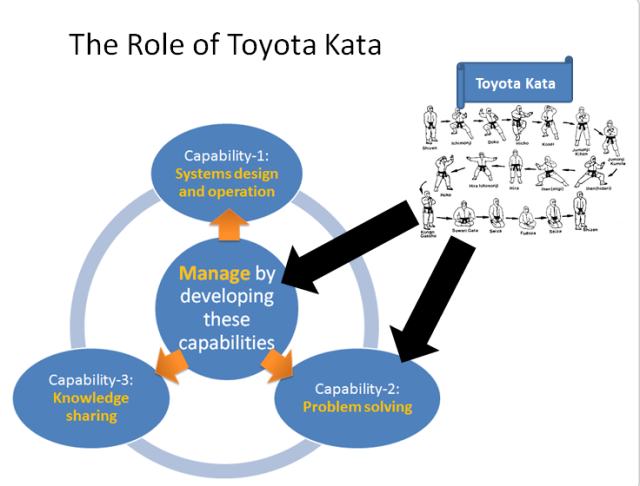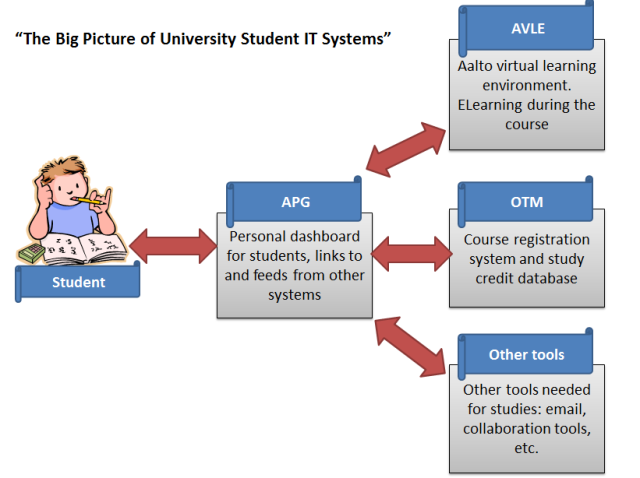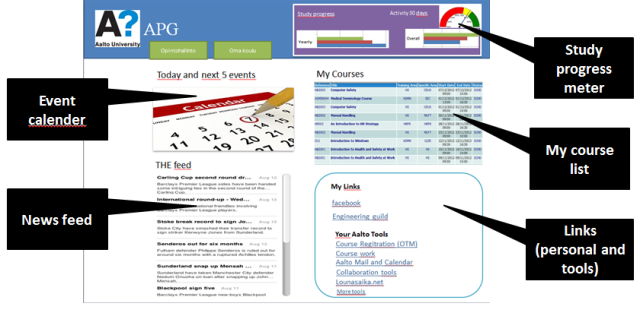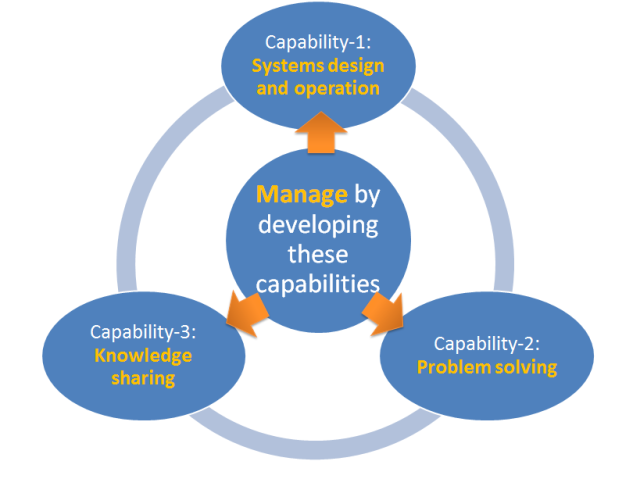I been lately working in IT Service Management (ITSM) and Enterprise Service Management (ESM) field. I also been working with change and learning. I decided to write this post as an opener to series of posts about ESM.
I been introduced to multiple different IT frameworks and I had hard time patching them together exactly for a long period of time. TOGAF, PRINCE2, ITIL, COBIT and many others make some sense from their perspectives, but they all failed to capture the whole picture. What I will describe next does not either capture the whole picture, but a little bigger part of it.
I recently attended a course by Ben Kalland who I should contribute the picture below for helping me gain better understanding of four key aspects of IT and how they are interconnect to each other. I’m now trying to relay this information with some of my own additions to you.
Four Points of View
Key aspect of TOGAF is in planning and gaining a whole picture of organization, its parts and their interactions. Key interests are in what should be planned (what the business wants) and how those plans are taken into action (execution).
Key aspect of PRINCE2 is in implementation and different tasks you should do and remember when implementing something. Key interests are in what are the limitations (boundaries of what we can do) and how they will change and fit in service production.
Key aspect of ITIL is in running the operational organization and within those processes. Some people might say ITIL is a lifecycle model and I would agree on this part. However I would also say that transition and operation are its most used parts and with many other parts its point of view is from service production even in earlier lifecycle. Key interests are in what’s coming to service production and what are important for customers and business.
Key aspect of COBIT is in the control and auditing. COBIT has generalized business needs based on a research to around 20 generic needs like: increase profitability. Key interests are related to what the business needs and what this will mean for IT. Which processes IT should do and what kind of plans for future architecture, capabilities and software you need.
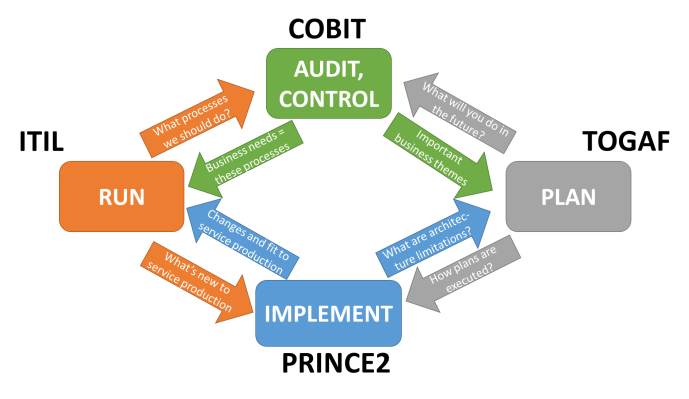
Now What?
So what can you do with this information? First of all it gives perspective on how different bodies are measured or what is usually their source of inspiration. Also it gives perspective on how people with understanding on a specific framework think and what kind of language, sense making and examples you might want to use. More than that it gives you possibility to have meaningful discussions and ask the right questions.
In practice:
- Green could represent the way CIO thinks: What are your business needs, what kind of processes we need to work on and what it will mean for future architecture?
- Gray could represent Enterprise Architects and how they think: What is the business going to do in the future and how it will affect our roadmaps and architecture plans. These roadmaps need to be put in action.
- Blue could represent PMO and how they think: What are limits in where we can work, can we build this on SPARC-architecture? What will we transfer as finished or updated services to service production.
- Orange could represent IT service production and how they think: What are the processes we need to run operations the way customers want us to? What processes should we focus on and what new services and changes are coming to service production?
I find many of the frameworks I have studied include useful information. They are all toolkits and you should pick what tools you find useful from them. On some cases you might only want to take ideas and ask what’s the agile way or lean way of doing it. Point I’m trying to make is taking them as they come is an error. Benefit of having a common language and understand the language some one else is speaking is also one of the key benefits from all of the “best practice” frameworks.
The way these frameworks are implemented and seen is also a big problem. I find that many people understand processes and parts from the frameworks and perhaps the technical implementation of them with tools. At the same time very few understand learning, change management and leadership required to change things in organizations in a sustainable way. How to create a working process? I think this is the reason to many failed implementation of programs and projects taking inspiration from one of the frameworks.
Lean, Systems Thinking, Complexity Thinking are all aspects you can look at the whole or its parts. That’s something I might write at a later date.
I hope this gave a small clarification on how people with skills on specific framework might think.

